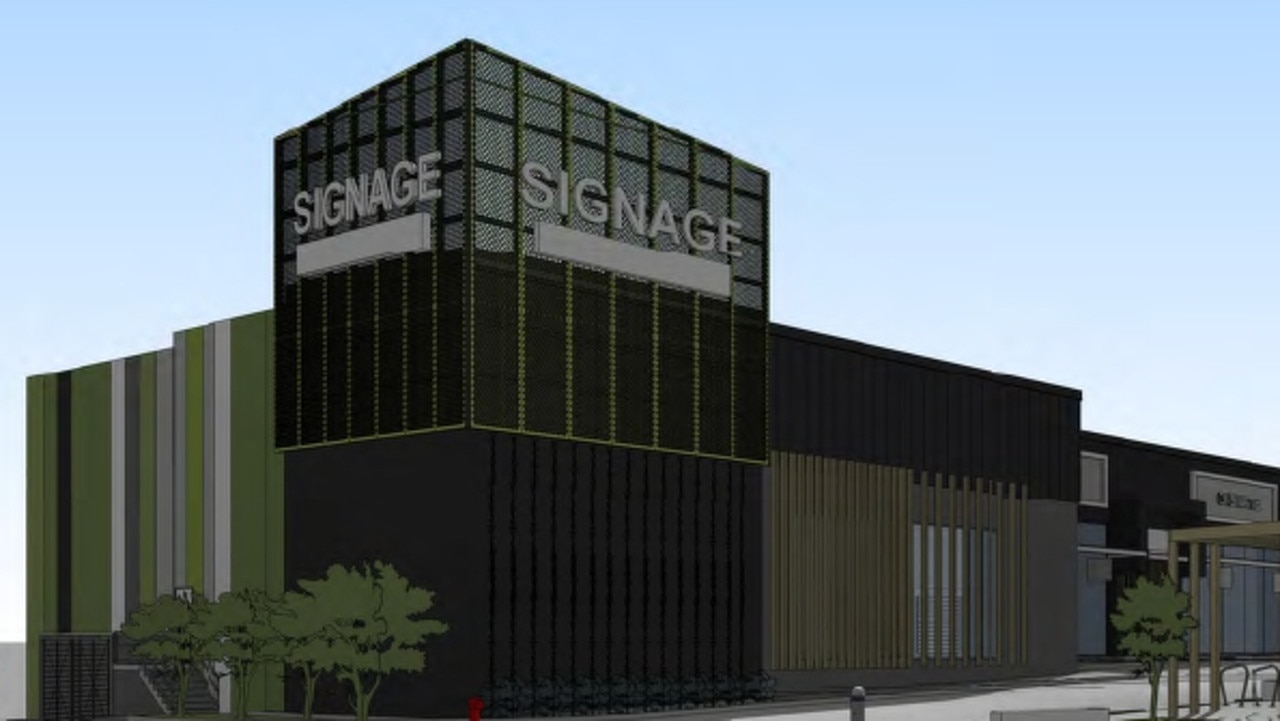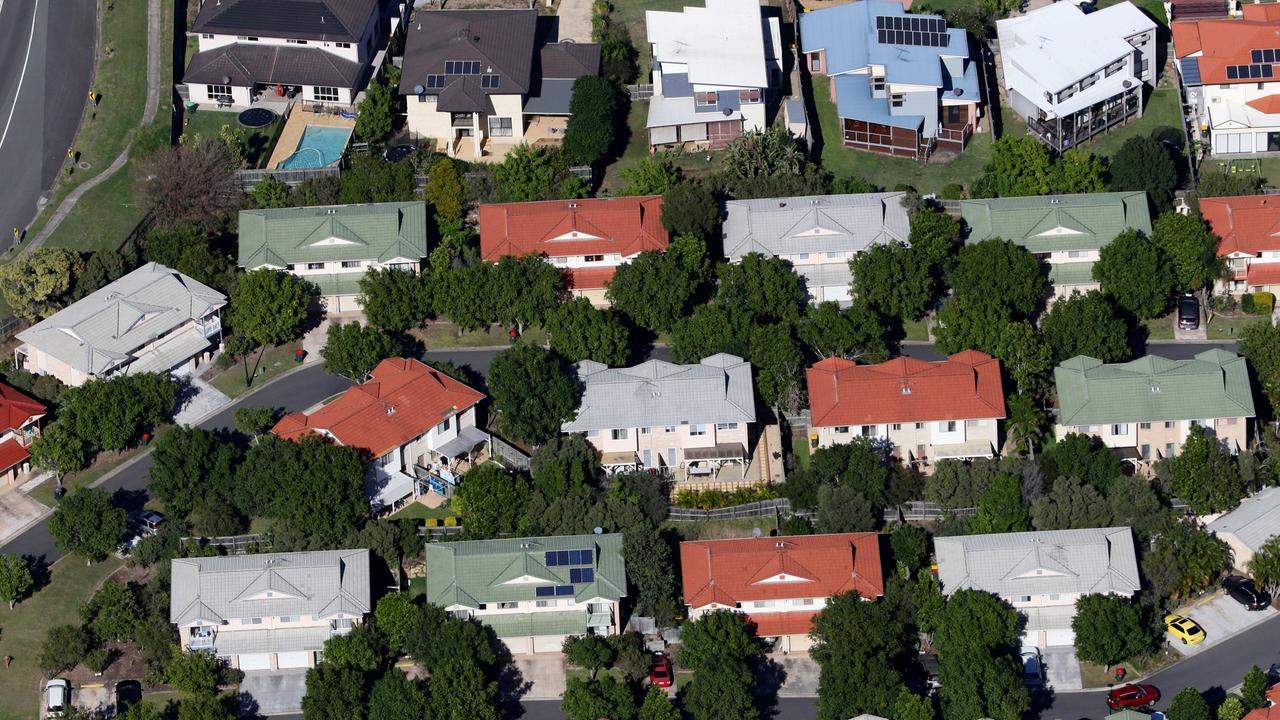Why rocketing interest rates won’t send home prices plummeting
Even with further interest rate rises predicted, home prices aren’t expected to crash. Here’s why.
Property
Don't miss out on the headlines from Property. Followed categories will be added to My News.
The market correction we experienced during FY23 was both short and sharp, with Australian home values returning to growth much earlier than expected despite continually increasing interest rates.
A shortage of stock for sale is driving the commencement of this new market cycle which is a trend being seen across the entire East Coast market, led by Sydney.
Let’s take a look back at FY23 and what’s ahead for FY24.
The extraordinary pandemic market cycle
The COVID-19 market cycle over 2020-2022 led to a substantial lift in home values across the East Coast that has now been fully quantified by CoreLogic.
Queensland was the key beneficiary of this extraordinary time in Australian real estate, largely due to a huge number of people moving from the southern states for a new lifestyle prompted by their new-found ability to work-from-home.
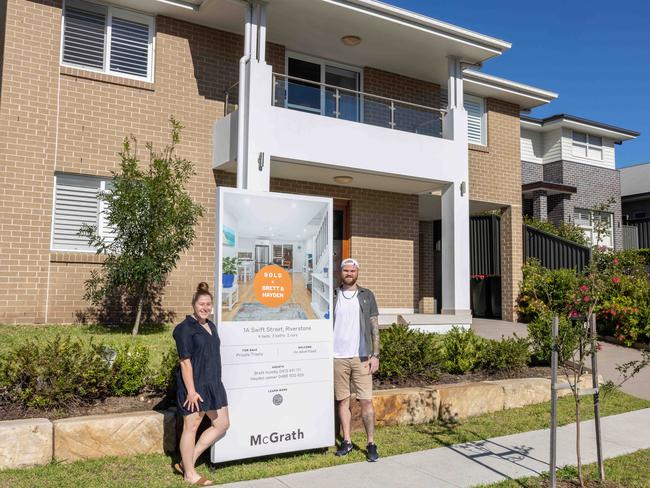
Brisbane home values recorded the highest growth among the East Coast capitals between the onset of the pandemic and the city’s market peak, with values up 41.8 per cent. Regional Queensland values lifted 42.6 per cent.
Canberra and surrounds recorded the second-highest rate of growth at 38.3 per cent, and Hobart wasn’t far behind at 37.6 per cent.
Regional Tasmania had the highest growth of the East Coast regional markets with 51 per cent.
As for the other markets, home values rose 24.5 per cent in Sydney and 47.6 per cent in regional NSW, and they ascended 10.7 per cent in Melbourne and 34.4 per cent in regional Victoria.
The impact of the first interest rate hiking cycle since 2010
Rising interest rates from May 2022 ended the pandemic boom and prompted a rapid market correction. Although the pace of interest rate rises was the fastest on record, Australian property demonstrated resilience in only falling by the usual 10 per cent, or thereabouts, that we typically see in corrections.
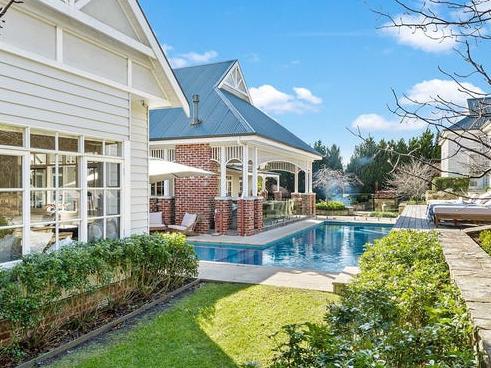
Here’s how home values changed across the East Coast’s capital cities and regions in FY23.
Median house price changes in FY23:
+ Sydney: -5.7 per cent
+ Regional NSW: -10.2 per cent
+ Melbourne: -6.7 per cent
+ Regional Victoria-8.9 per cent
+ Brisbane: -9.9 per cent
+ Regional: Queensland-5.2 per cent
+ Canberra: -10 per cent
+ Hobart: -12.7 per cent
+ Regional Tasmania: -7 per cent
* Source: CoreLogic Hedonic Home Value Index covering the 12 months to June 30, 2023
Major market trends
The shortage of homes for sale amid strong buyer demand in early 2023 saw the capital city markets return to growth sooner than expected.
Returning migrants are turbocharging demand, with many buying instead of renting because the rental market is so tight and weekly rents have risen exponentially.
Very strong employment is also underpinning market strength.
On the supply side, dwelling approvals trended lower in FY23 due to high construction costs and ongoing labour shortages. With fewer people building their dream homes, this created extra competition in the established houses market and pushed up prices.
The same issue exists in the apartment sector, with approvals recently falling more than 50 per cent below their decade average.
Low supply is currently an issue in every price bracket of the market.
For now, the prestige sector is leading the capital city market recovery. Prestige buyers are typically less affected by rate rises, and returning foreign investors and expats are adding to demand, with the lower dollar providing additional motivation to invest.
Mortgage rates for owner-occupiers are still below the long-run average of 7 per cent. It’s likely that the rate hiking cycle is almost over as inflation consistently trends down. This is providing impetus in many suburban markets where buyers are hoping to take advantage of new value following the correction.
However, strong competition is creating a sense of fear of missing out (FOMO), particularly in the best locations, and prices are moving up fairly quickly in some areas.
MORE: Latest in home prices from PropTrack
What’s ahead in FY24
The market rebound is evident in Sydney, Melbourne and Brisbane now, with Hobart and Canberra seemingly close to turning, based on CoreLogic price data.
The regions are also turning after a lesser correction due to strong ongoing interstate migration.
As we discussed in the McGrath Report 2023, a ripple effect is now underway as some buyers look beyond the more expensive big coastal towns to nearby treechange areas for better value.
CoreLogic data shows Queensland is leading the regional market bounce back, with house values up 1.7 per cent and apartment values up 2.2 per cent since the start of 2023.
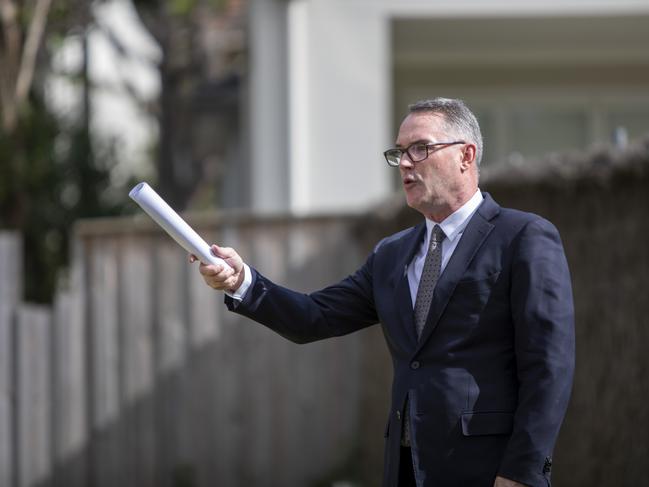
Based on the data, a pivot in the regional NSW, Victorian and Tasmanian regional markets is imminent.
Migration will be a key factor driving growth in Australian property in FY24.
International students are returning and importantly we’re opening the doors to more skilled migrants in order to close a very big gap in our labour market.
Australia is expecting 1.5 million migrants to move here over the next five years. Migrants have always loved Sydney and Melbourne but are increasingly appreciating what Queensland offers them.
If you’re looking to sell in FY24, keep in mind that your agent’s experience in navigating changing market conditions will be crucial in getting the best sale price possible.
Regional sellers should bear in mind that the buyer pool for their homes has now expanded well beyond their own neighbourhoods as people are still leaving the cities for seachange and treechange areas.
Choose a local agent that has branding power and marketing reach back to the cities, through their office networks and company buyer databases, to capture that broader audience for your home.
* John McGrath is the founder, Managing Director and Chief Executive Officer of McGrath Estate Agents



